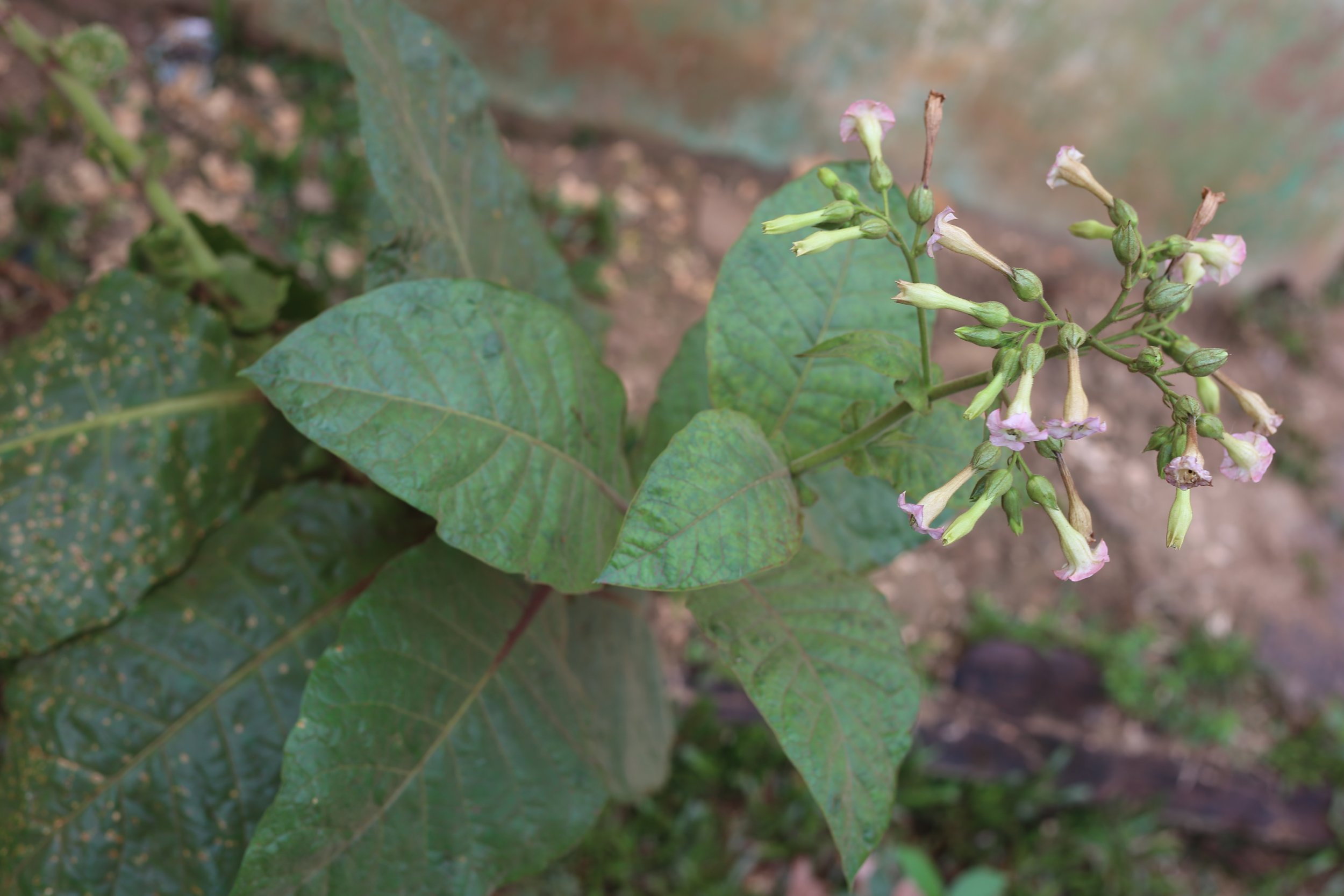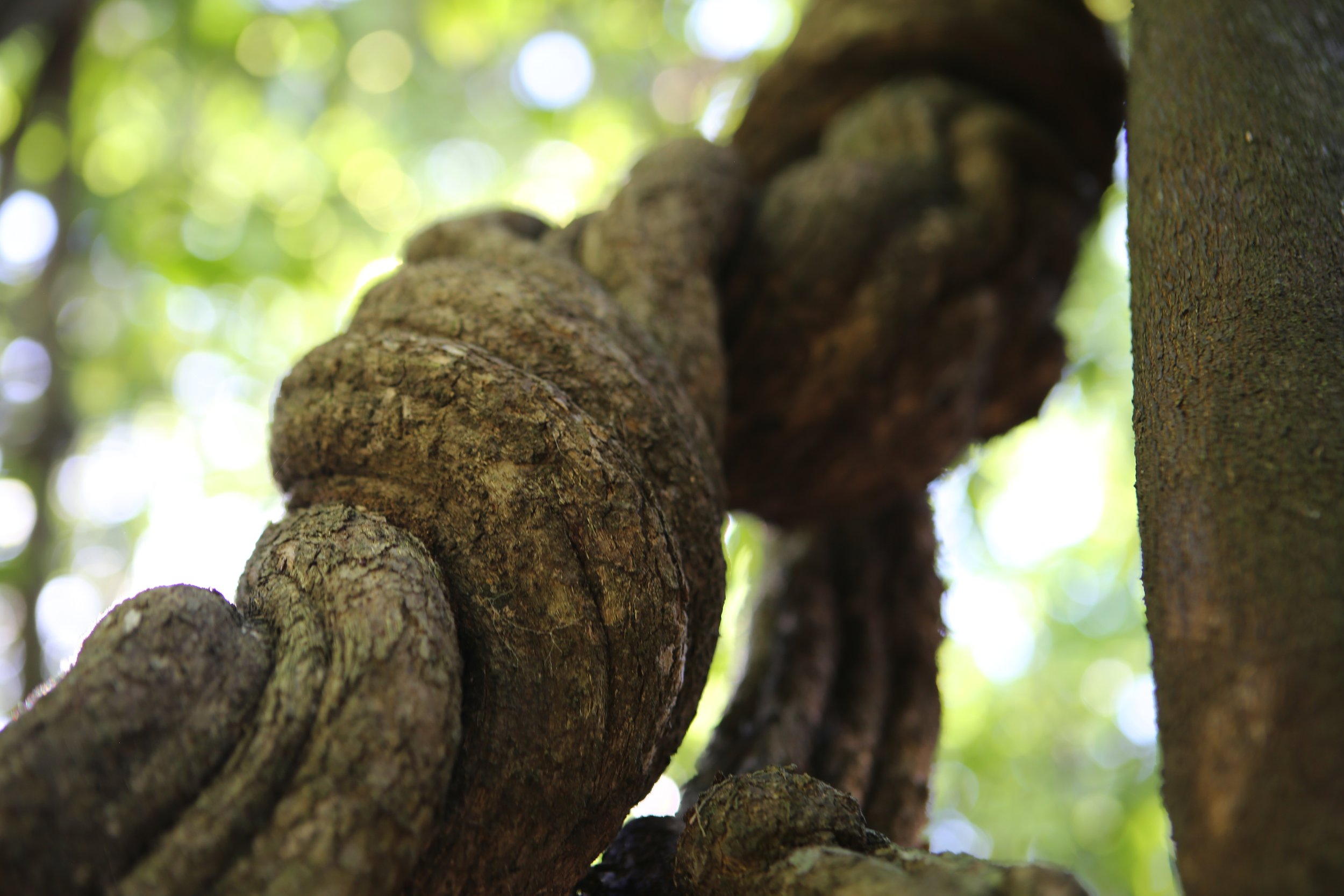
Tobacco ceremony
About the tobacco ceremony
The tobacco ceremony, also commonly referred to as the tobacco plant ceremony, liquid tobacco ceremony, tobacco purge or tobacco tea ceremony is a cleansing ceremony that is a crucial component in the ayahuasca dieta healing process. The master plant dieta can only start after the tobacco ceremony. This is because the patient will have gone through a cleansing (physical, mental and spiritual) process necessary to be able to receive the ayahuasca. Here, you can read more about tobacco’s health benefits, the importance of smoking mapacho in the camino de las plantas, its use in the chall’a ceremony and the tobacco ceremony itself.
Sacred v. commercial tobacco
In many parts of the world, tobacco has received a lot of negative connotations due to the health hazards of commercial cigarettes. Sacred tobacco is worlds different from what is found in a cigarette package. Manufacturers add ingredients like tar, ammonia, arsenic and formaldehyde to the cigarettes to make the smoke enter the lungs more easily as well as make the cigarettes more addictive, which in turn is what gives them the damaging effects.
Tobacco itself is a healer and is even said to be the very first healer. Sacred tobacco means it is tobacco in its most natural form, free from any additives and grown in its native lands. When the time comes to harvest, the leaves are carefully picked by a tabaquero or tabaquera. It is not uncommon that they give the plant a blessing asking for permission to use the leaves before picking them. The leaves are then dried and rolled into a cylinder-like format very tightly. Then, thread-like materials like that from banana plants are wrapped around the cylinder to keep the leaves tight. Sometimes, a bit of natural honey is added so that the tobacco does not dry out easily.
Tobacco is a very special, powerful and highly revered plant. Everywhere it naturally grows, indigenous peoples all over the world have learned of its healing properties and seen it as highly sacred. From the Native American tribes like the Navajo peoples smoking tobacco in the chanupas, to the Ashuar people in the Ecuadorian Amazon snorting liquid tobacco for its cleansing purposes, to shamans in the arctic Siberia smoking tobacco and the Yawanawa peoples in the Brazilian Amazon known for their use of tobacco snuff called rapé, there is something truly remarkable about this plant that has made it so highly revered the world over. In some cultures, like in our lineage, specific ceremonies using this plant are conducted.
The health benefits of tobacco
Sacred tobacco has numerous different health benefits at the mental, spiritual and physical plane.
1. Physical benefits
In the jungle, tobacco has been traditionally ingested to remove any parasites that may have made their way into the body. Because it is very strong and has a purging effect on the body, it effectively clears parasites and toxins that can lead to an infection. The mapachos/ the smoking of tobacco has also been used as a means to rid the body of “borros” (these are small parasitic flesh-eating worms transferred to a human or animal via a mosquito). By carefully extracting the essence of the tobacco smoke and placing it on top of the worm it can no longer live and thereafter the worm can be removed.
2. Mental benefits
Tobacco is a great teacher who comes with many lessons. The tobacco ceremony leaves the patient or student with a sense of clarity, calm and relief.
3. Spiritual benefits
Grandfather tobacco is the very first healer and is a powerful healer at that. This sacred plant offers protection especially to those who are undergoing a serious apprenticeship with the plants of the jungle. Its smoke is also used to cleanse any space whether that be a physical room or the internal space of the body. Tobacco’s purging effects are just as relevant in the spiritual space and can help expel and rid the body, mind and spirit of any negative charges or negative and unwarranted energies. By doing this, it also helps prepare the patient or student for the ayahuasca ceremony.
The tobacco ceremony
All of our patients are required to (unless circumstances deem otherwise) undergo a tobacco ceremony upon their arrival at Casa de Pawua. This is both to honor the lineage we follow as well as to honor each patient’s body and safety. When living in the industrialized world it is so easy for us to take in toxins daily without even knowing: processed foods, medication, air pollution, stress etc.. While many may have their way of cleansing this out of their system, some residue always remains. The tobacco ceremony helps cleanse out that last bit leaving the body mind and spirit almost as a clean slate.
The tobacco ceremony is held on an empty stomach either early in the morning or after dinner-time. Our maestro will decide when the ceremony will take place. If done in the evening, the patient will not have had any foods or liquids aside from water after 13:00 in the afternoon. It is also very important that the patient notifies Casa de Pawua very sincerely in our registration form whether you are taking any Western medication or other medicinal plants prior to the tobacco ceremony. If so, our team will advise you on how long you are required to stop using these items before you can partake in the tobacco ceremony. We take our patients’ safety very seriously and do everything we can to avoid any unnecessary risks. Western medication works very differently in the body than teacher plants do which also means that they can easily clash.
During the tobacco ceremony our patients are provided with a thin mattress, a bucket, bottles of water, toilet paper and a blanket.
Our maestro, Niño, as with any other ceremony he holds will start by introducing the ceremony structure, our rules and how the tobacco tea can work in the body. He will then serve the medicine to the patients and start singing icaros to guide each patient during their healing process.
The tobacco is a purgative plant meaning it will induce vomit and/or bowel movement, which at the moment can feel unpleasant. This is all part of the cleansing process and of how tobacco works. Patients are of course welcome to use the toilet at any point during the ceremony. When our maestro sees it is time to close the ceremony he will do so in the traditional manner of our lineage. As with other ceremonies he conducts, our maestro along with his apprentices will stay in the maloka (ceremonial temple) until they can see that all patients are well enough to walk back to their rooms.
What are mapachos?
Mapacho is sacred tobacco rolled into cigars using special thin white papers. The mapachos are used widely in ayahuasca communities, although in some traditions it may be more common to smoke the tobacco from a pipe. In our lineage, we mainly use the mapachos.
The smoking of mapachos is an integral part of the dieta, especially for apprentices who are looking to learn more in the camino de las plantas. Unlike commercial tobacco, the mapachos are inhaled only to the mouth - never to the lungs.
Mapachos in the ayahuasca ceremony
There is no ayahuasca ceremony without tobacco. During the ceremony, the maestro and his student will all smoke mapachos for the many spiritual benefits it has. That is, to protect the space, to cleanse among many many others.
Mapachos in the chall’a ceremony
During the annual Chall’a ceremony, mapachos are also offered to Pachamama (Mother Earth).
Where we source our tobacco
Our tobacco is sourced from the Bolivian jungle. It has a slightly sweet taste to it and is very potent.
What is a “curandero tabaquero”?
A “curandero tabaquero” is a tobacco healer and means that this person has undergone the lengthy and necessary training and deep connected apprenticeship with this plant to be able to heal illnesses with tobacco. This type of knowledge only comes after many intense years of study. Our maestro, Niño, is a curandero tabaquero, curandero perfumero, curandero ayahuasquero and curandero oracionista.
More helpful resources
Read more about tobacco and how it can help rid teh body of both parasites and toxins.
Read more about ayahuasca and its effects on the body and mind as a medicine.
Read more about the Ashaninka lineage that we follow at Casa de Pawua.
Read our medical precautions to determine if a treatment using medicinal plants is a viable option for you.




